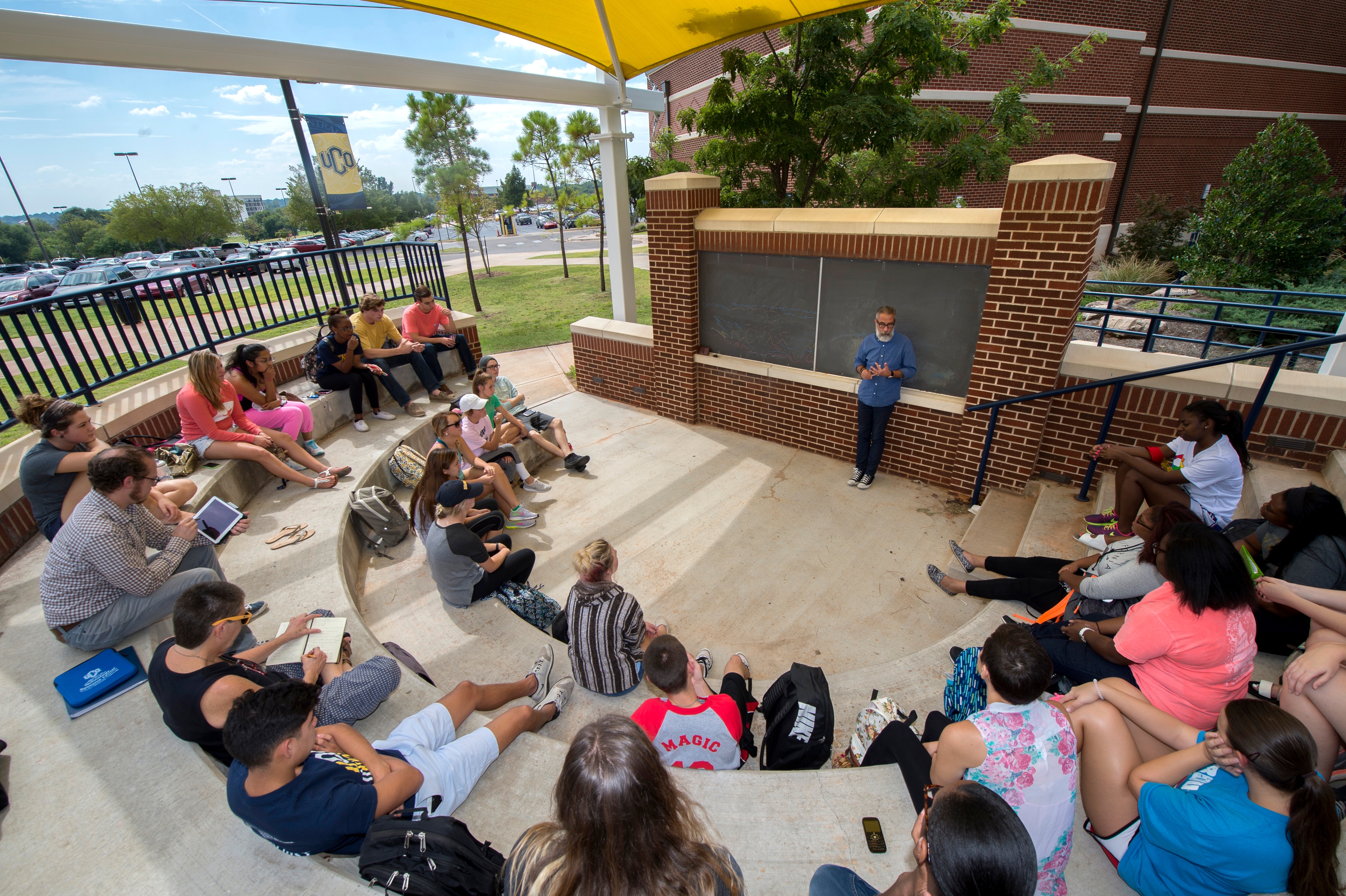How To Promote Student Engagement Through Active Learning

Student engagement refers to the degree of attention, curiosity, interest, optimism, and passion that students show when they are learning or being taught. High engagement is the expected outcome of a wide range of instructional practices, encompassing everything from active learning strategies to inquiry-based experimental design, and methods for student reflection.
Here we would like to touch on a few research-based strategies for encouraging student engagement through active learning. Dr. Michael Prince from Bucknell University generally refers to active learning as any instructional method in the classroom that engages students in the learning process. This engagement stems from multiple channels, including intellectually, behaviorally, emotionally, socially, and culturally.
Which schools are the best in terms of student engagement?
Active learning contrasts directly with the traditional lecture method of students passively listening and taking notes. According to recent research by David Weltman and the experience of University of Maryland physics professor Joe Redish, the traditional lecture engages only the most interested students, is based largely on rote memorization, and fails to achieve long-term retention of course material.
James Hartley’s paper Note-Taking: a critical review addressed this issue back in the 70s and indicated a substantial decline in student retention of information occurs after the first 10 minutes of a lecture. This decline continues throughout the 60-minute period with the lowest percentage of information retained being presented during the last 10 minutes.
The Teacher Education and Special Education journal has historically recommended the use of “pauses” in a lecture where students would pair into groups for quick learning activities. Example of group activities include reading, writing, discussing, or problem-solving.
Active learning helps to address this issue through in-class work and group discussions, often stimulating higher-order thinking and improving students' motivation to learn. But this is easier said than done, requiring continuous implementation of thoughtful strategies throughout the semester.
According to a recommendation from Stephanie Chasteen of the University of Colorado Boulder on PhysPort.org, the key to productive student engagement is establishing a positive tone and outlining expectations at the beginning of the year. “Beginning the semester with active learning strategies from the very first day sets clear classroom norms and aligns your first day activities with the actual structure of the course.”
How do these benefits translate to actual time investments in the learning process? In his TED Talk, Josh Kaufman argues that it only takes 20 hours of focused or active learning to acquire a new skill. In a classroom setting, this means that every group discussion, study session, lab project, and homework assignment helps to log valuable time in the learning process -- effectively helping students help themselves.
The resource from Dr. Chasteen has a multitude of free PDF downloads, descriptions of strategies, and activities to use in your class. View the PhysPort resources in the full article on student engagement, and make sure to download the summaries and checklists document here:



